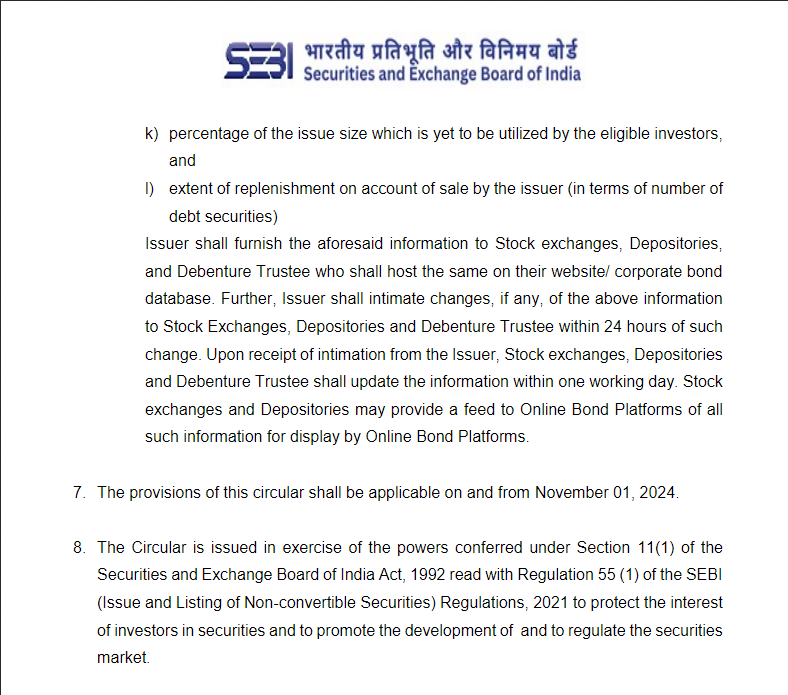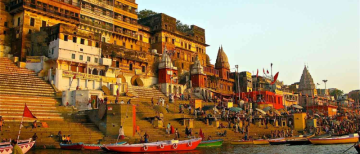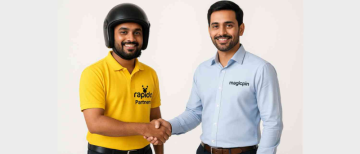NEW DELHI: Securities and Exchange Board of India (SEBI) on Oct 16 introduced a Liquidity Window facility for investors holding listed debt securities. This facility will allow investors to sell their debt securities back to the issuer using a put option on designated dates, ensuring liquidity.
The new mechanism will be effective from Nov 1 and is expected to benefit investors, especially retail investors by offering enhanced flexibility and security in their investments.SEBI highlighted that this facility could significantly boost retail participation in the debt securities market.
Currently, corporate bonds are often regarded as illiquid, with limited trading activity. This is primarily because institutional investors tend to hold these bonds until maturity. Recognizing this issue, SEBI's latest circular aims to improve liquidity by allowing issuers to provide this liquidity window facility.
Debt securities are financial loans made by an investor to a borrower, typically a government or corporation. They are a form of borrowing, where the issuer (borrower) promises to pay back the principal amount (the face value of the security) plus interest over a specific period.

Under this liquidity window facility, issuers have the option to offer the liquidity window for debt securities at the time of issuance, applicable to new issuances through public offers or private placements. SEBI also mentioned that the facility requires board approval and oversight by the Stakeholders Relationship Committee (SRC) or an equivalent board-level committee to ensure transparency, objectivity, and non-discriminatory access for eligible investors.
The liquidity window will be available for one year after the issuance and the securities under this scheme cannot be re-issued, and such ISINs will be excluded from regulatory ISIN limits. Issuers may limit eligibility to either all investors or only retail investors, provided the securities are held in demat form. Additionally, at least 10 percent of the issue size must be allocated for the liquidity window, with specific sub-limits on the number of securities that can be tendered per window. If demand exceeds these limits, acceptance will be proportionate.

The liquidity window will remain open for three working days and can operate on a monthly or quarterly basis. Notifications regarding the facility will be sent via SMS or WhatsApp at the beginning of the financial year. Investors can exercise the put option by blocking securities in their demat accounts during trading hours, with the flexibility to modify or withdraw bids. The settlement process will take place within four working days, with payments made one day after the window closes. Notably, issuers cannot offer more than a 100-basis-point discount on the valuation plus accrued interest.
Issuers will need to manage the purchased securities within 45 days, either by selling them on exchanges or extinguishing them. Any sales will replenish the usage limits for future liquidity windows.
The issuers are required to submit reports on the window's usage to stock exchanges within three working days and must disclose ISIN-wise details—including outstanding amounts, coupon rates, and schedules—on their websites, updating stakeholders within 24 hours of any changes. Transactions under this mechanism will be facilitated directly through recognized stock exchanges, ensuring transparency and efficiency.
With inputs from agencies
Image Source: Multiple agencies
*The views expressed are personal to the author and do not reflect the platform's opinion of the same.
© Copyright 2024. All Rights Reserved Powered by Vygr Media.

























